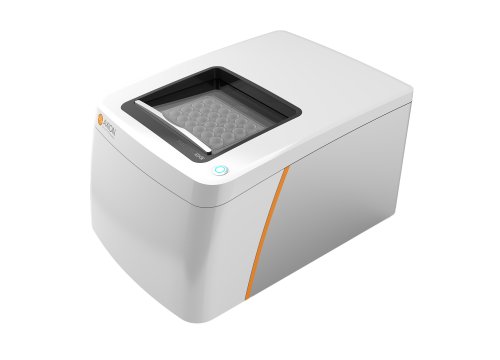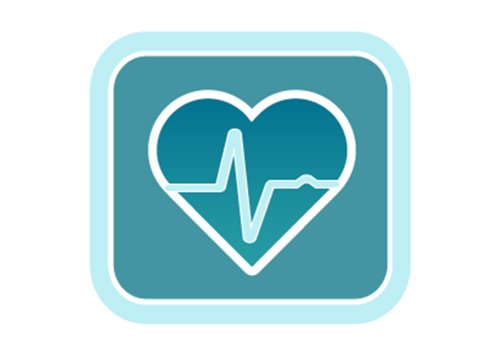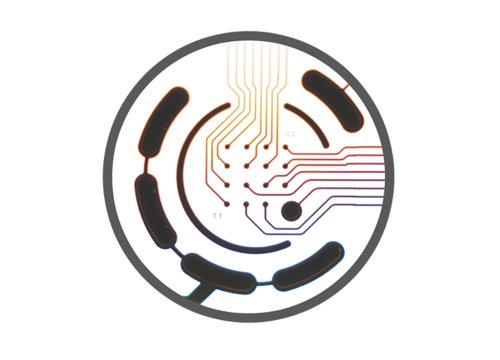Authors: Wener Li, Xiaojing Luo, Anna Strano, Shakthi Arun, Oliver Gamm, Mareike S. Poetsch, Marcel Hasse, Robert-Patrick Steiner, Konstanze Fischer, Jessie Pöche, Ying Ulbricht, Mathias Lesche, Giulia Trimaglio, Ali El-Armouche, Andreas Dahl, Peter Mirtschink, Kaomei Guan, and Mario Schubert
Nature Communications, 21 March 2025
Scientists use Axion BioSystems’ versatile Maestro Edge multielectrode array (MEA) system to evaluate the functional maturation of hiPSC-CMs exposed to enriched medium and electrical stimulation in vitro.
Human induced pluripotent stem cell-derived cardiomyocytes (hiPSC-CMs) are widely used for disease modeling and drug screening, but their use for these applications is limited by substantial immaturity compared to adult cardiomyocytes. In this study, the authors examine the effects of medium enriched with fatty acids and calcium, nanopatterning, and electrical stimulation on cardiomyocyte maturation.
Using Axion Biosystems’ noninvasive Maestro Edge microelectrode array (MEA) to evaluate the functional maturation of hiPSC-CMs exposed to enriched medium and electrical stimulation in vitro, the findings showed that fatty acid and calcium-enriched medium promoted increased conduction velocity and spike amplitude, with decreased spike slope, while chronic pacing exacerbated these effects. Taken together, these effects suggest enriched medium and electrical stimulation improve functional hiPSC-CM maturation.


